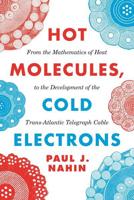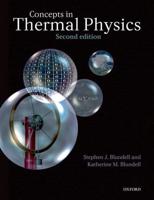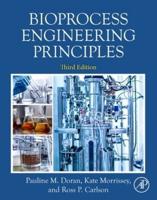Publisher's Synopsis
This book offers a modern, comprehensive, and balanced approach to the conceptual and practical aspects of vacuum science and technology. Designed with clarity and depth, it systematically guides the reader from fundamental principles to real-world applications. The content begins with the basic concepts of vacuum, followed by detailed discussions on vacuum production methods and pressure measurement techniques. It then explores vacuum components, system design, troubleshooting strategies, and a wide range of applications across scientific and industrial domains.
Each chapter is thoughtfully structured to build foundational knowledge before advancing to more complex topics, making it ideal for both beginners and those seeking deeper understanding. This approach makes the book particularly valuable for undergraduate and graduate students in physics as well as various branches of engineering, including mechanical, electrical, and materials science.
Beyond academia, the book serves as a practical reference for scientists, engineers, and technical professionals who encounter vacuum systems in research laboratories or industrial settings. Whether one is designing vacuum equipment, maintaining systems, or applying vacuum technologies in innovative ways, this book provides essential insights and guidance.
With a clear pedagogical style and emphasis on both theory and practice, this book bridges the gap between classroom learning and real-world implementation in the ever-evolving field of vacuum technology.










